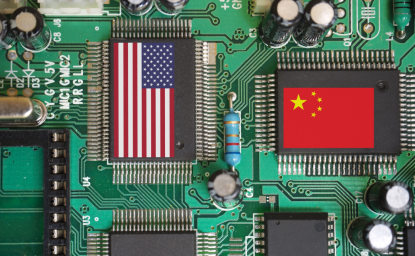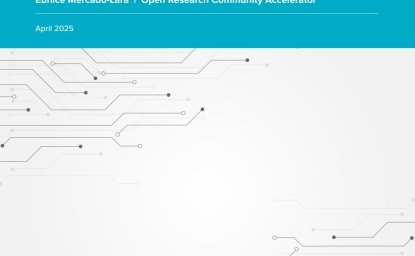Building Blocks for Better Science: Case Studies in Low-Cost and Open Tools for Science


Tools (as well as the research they enable) are not just developed by and for the professional scientific research community, but by a wide range of commercial, academic, nonprofit, and community enterprises operating at a range of scales. Here, we outline 16 tools for science that are causing us to rethink the boundaries of scientific research. Looking across these tools and their individual impact on science and society, we begin to ask questions about their collective impact. How do low-cost tools impact science? Do these tools accelerate scientific progress or expand access, and to what extent? Finally, is the impact, and potential impact, of these tools incremental, or potentially revolutionary?
Foldable and 3D printed microscopes are broadening access to the life sciences, low-cost and open microprocessors are supporting research from cognitive neuroscience to oceanography, and low-cost sensors are measuring air quality in communities around the world. In these examples and beyond, the things of science--the physical tools that generate data or contribute to scientific processes--are becoming more inexpensive and more open. As more tools become available at a price point that is do-able for nonprofessionals, the nature of access and use is changing. Many tools are incrementally more accessible simply due to decreased cost; others are sold at a cost so dramatically reduced that they may even be changing the nature of science itself.
As more people share designs openly or create do-it-yourself (DIY) tools as a substitute for expensive, proprietary equipment, the nature of tool design and production is also changing. The Open Source Hardware Association defines open source hardware (also known as open hardware, and including open science hardware) as "a term for tangible artifacts--machines, devices, or other physical things--whose design has been released to the public in such a way that anyone can make, modify, distribute, and use those things." Open practices for hardware overlap extensively with those for software, including drawing on and contributing to Open Source Software (OSS) practices and licenses.
Perhaps most importantly, tools (as well as the research they enable) are not just developed by and for the professional scientific research community, but by a wide range of commercial, academic, nonprofit, and community enterprises operating at a range of scales.
Here, we outline 16 tools for science that are causing us to rethink the boundaries of scientific research. Looking across these tools and their individual impact on science and society, we begin to ask questions about their collective impact. How do low-cost tools impact science? Do these tools accelerate scientific progress or expand access, and to what extent? Finally, is the impact, and potential impact, of these tools incremental, or potentially revolutionary?
This publication is part of The Science and Technology Innovation Program’s THING Tank: Understanding low-cost Tools for Science project. The Science and Technology Innovation Program’s work in low-cost and open hardware is supported by the Alfred P. Sloan Foundation
Authors



Science and Technology Innovation Program
The Science and Technology Innovation Program (STIP) serves as the bridge between technologists, policymakers, industry, and global stakeholders. Read more

Explore More
Browse Insights & Analysis
360° View of How Southeast Asia Can Attract More FDI in Chips and AI




